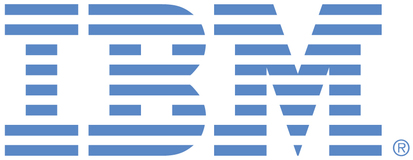Why is QIDCA useful?
QIDCA is useful because it leverages the unique strengths of both quantum and classical computing to tackle complex problems more efficiently than traditional methods alone. By integrating quantum computing's ability to handle vast amounts of data simultaneously through quantum superposition and entanglement, with the established reliability and scalability of classical distributed systems, QIDCA can provide exponential speed-ups in computations. This hybrid approach is particularly beneficial for tasks such as cryptographic algorithms, optimization problems, machine learning, and large-scale simulations, where classical systems face significant limitations in terms of speed and resource requirements.
Who would benefit from QIDCA?
A wide range of sectors and stakeholders would benefit from QIDCA, including:
-
Researchers and Scientists: QIDCA offers advanced computational capabilities that can accelerate scientific discoveries in fields such as material science, pharmaceuticals, and climate modeling.
-
Businesses and Enterprises: Companies involved in finance, logistics, and data analytics can leverage QIDCA to optimize their operations, enhance security measures, and improve decision-making processes.
-
Government and Defense: Governments can use QIDCA for secure communications, intelligence analysis, and complex logistical planning, significantly enhancing national security.
-
Healthcare: Medical research and healthcare providers can benefit from faster data processing for genomic analysis, personalized medicine, and the development of new treatments.
-
Tech Industry: Cloud service providers, AI developers, and cybersecurity firms can integrate QIDCA to offer more robust, secure, and efficient services to their customers.
How would QIDCA work?
QIDCA operates by combining quantum and classical computing resources in a seamless and integrated architecture. Here's how it works:
Quantum and Classical Integration: QIDCA integrates quantum processors with classical distributed computing nodes. Quantum processors handle tasks that benefit from quantum parallelism, such as factoring large numbers, searching unsorted databases, and simulating quantum systems. Classical processors manage tasks that require serial processing, large memory, and established algorithms.
Distributed Network: The architecture consists of a distributed network where quantum and classical nodes communicate and collaborate through high-speed interconnects. Quantum nodes perform specific computations and then pass intermediate results to classical nodes for further processing, ensuring that each type of processor is used for tasks that suit its strengths.
Quantum Key Distribution (QKD): For enhanced security, QIDCA employs QKD to securely exchange cryptographic keys between nodes. This ensures that communication within the network is protected against eavesdropping and cyberattacks, leveraging the principles of quantum mechanics to guarantee security.
Resource Allocation and Task Scheduling: Advanced algorithms are used to dynamically allocate resources and schedule tasks based on their requirements. Tasks are divided into sub-tasks, with the quantum-appropriate portions handled by quantum processors and the rest by classical nodes. This ensures optimal utilization of resources and maximizes computational efficiency.
Scalability and Flexibility: QIDCA is designed to be scalable, allowing additional quantum and classical nodes to be added to the network as needed. This scalability ensures that the architecture can grow with increasing computational demands and technological advancements.
In summary, QIDCA is a transformative framework that combines the best of quantum and classical computing, offering significant benefits across various fields by enhancing computational power, efficiency, and security.


